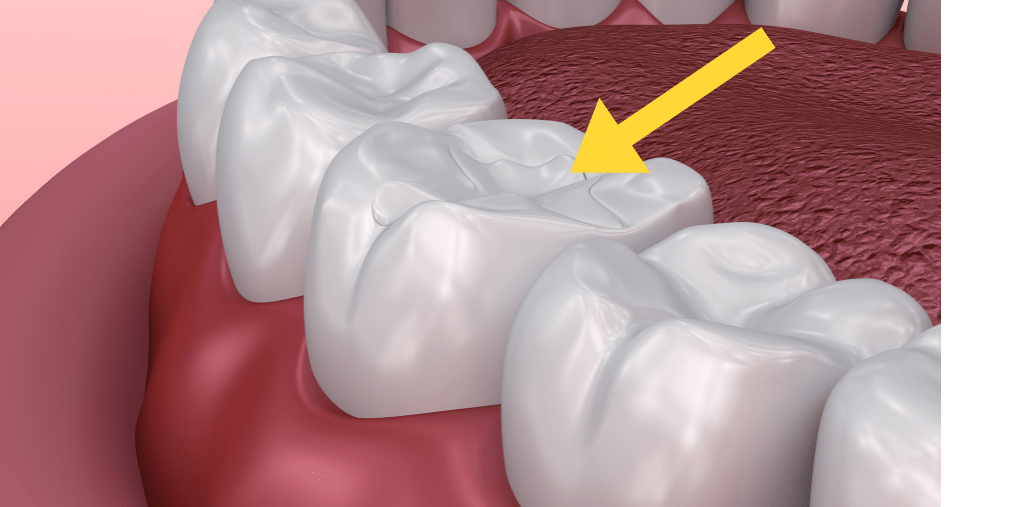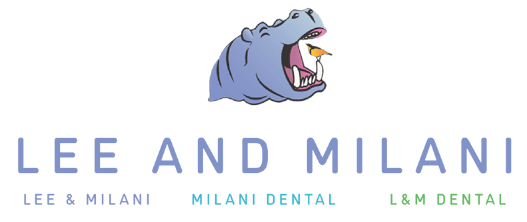Preventative Care
Fluoride:
Fluoride helps prevent cavities by collecting in the growing bones and developing teeth of children, helping to harden the enamel on baby and adult teeth before they emerge. Professional fluoride treatments at Lee & Milani Family Dentistry take just a few minutes, but the benefits last much longer.
What kind of fluoride treatments are available?
Fluoride may be in the form of varnish, foam, or a solution. Typically, this form of preventative dental care is applied with a cotton swab or brush, used as a rinse, or placed in a tray that is held in the mouth for a few minutes. After the preventative treatment, you may be asked not to eat, drink, or rinse for at least 30 minutes to let the teeth absorb the fluoride and help repair microscopic carious areas. Fluoride treatments may be recommended every three, six, or 12 months depending on your oral health condition. We may recommend additional preventive measures if you are at a moderate or high risk of developing caries. These measures may include over-the-counter products or a prescription for therapeutic products such as fluoride mouth rinses, gels, or antibacterial mouth rinses
What is Silver Diamine Fluoride?
Silver Diamine Fluoride (SDF) is an FDA-approved medication that helps to reduce sensitivity, arrest cavities, and prevent further progression of dental infection
How does Silver Diamine Fluoride (SDF) work?
Silver Diamine Fluoride (SDF) has two active ingredients: silver acts as an anti-microbial agent that kills the harmful bacteria that causes tooth decay, while fluoride helps to prevent additional decay
When is Silver Diamine Fluoride (SDF) recommended?
Silver Diamine Fluoride (SDF) might be recommended for (but not limited to) the following patients:
- Children who have severe tooth decay
- Elderly adults with root decay and decay underneath crowns
- Patients with special needs
What else do I need to know about Silver Diamine Fluoride (SDF)?
Silver Diamine Fluoride (SDF) is an excellent tool to arrest tooth decay. It can be a first action treatment for dental decay before placing a filling. SDF prevents dental infection from spreading. Thus, patients can postpone the filling procedure without risking their health. Some minor risks could be associated with this treatment, such as staining the tooth a dark silver color if there is an area of decay. However, healthy teeth will not stain
Can I just have a filling instead of having crowns?
The reason you may need a crown instead of a filling is that there is insufficient tooth or a damaged tooth structure remaining that is unable to support a filling. Eventually, the inadequate or damaged tooth structure with a filling would result in a cracked tooth and cause further complications
If you’d like more information, please contact Dr. Lee and Dr. Milani to schedule a consultation to determine the best preventative dental treatment for you or your child.
Teeth Cleaning:
Preventative care is the foundation of dentistry. Professional dental cleanings help remove built-up plaque that is not removable using conventional brushing and flossing. The American Dental Association (ADA) recommends visiting your dentist regularly – usually about twice yearly – for full teeth cleanings, examinations, and consultations for potential treatment. When you maintain regular preventative dental appointments, you can avoid tooth decay and gum disease, as well as be aware of potential oral health problems before they become severe.

Sealants:
Sealants are a thin layer of clear coating placed in the grooves and fissures of molars, premolars, and even on the lingual surfaces of front teeth that are prone to get food trapped or plaque buildup that causes them to degrade. As a result of applying sealants, we can prevent decay and save you from considerable other treatments. Sealant is recommended during the period of time after the teeth in need of sealants have erupted from the gum. This is a great option for children as they learn to properly brush and care for their teeth.

Will sealants prevent all tooth decay?
In general, sealants are exceptionally successful in preventing tooth decay in children, but they are not a substitute for other forms of preventive oral health care. Children should brush and floss, as well as use fluoridated toothpaste as part of their daily oral hygiene routine at home. Regular dental exams and a balanced diet that is low in sugar are also fundamental for keeping good, long-standing oral health
What kind of procedure will be performed when my child gets sealants?
No drilling! The procedure to place sealants is very simple. We use a special gel to clean the surfaces of the teeth before we place the sealant material. The sealant material hardens with a special light, and the hardened layer works as a barrier to bacteria, which causes decay
Is there any special care after sealants are placed?
No special or extra care is needed after dental sealants are placed. Normal eating habits and the function of the teeth should be checked at every dental appointment for wear and tear. Sealants that are damaged or missing can be replaced when needed.
Oral Cancer Screening:
Even if you take excellent care of your teeth and gums at home, you still need to see a local dentist regularly. Your dentist can check for problems that you may not see or feel. Numerous dental problems do not become visible or cause pain until they progress to more advanced stages. Examples of this include cavities, gum disease, and oral cancer. Regular visits allow the dentist to detect early signs of disease. Problems can be treated at a manageable stage instead of waiting for the problems to get out of control. On average, seeing a dentist twice a year works well for many people. Some people can get away with fewer visits, such as a yearly visit, while some others may need more frequent visits. People with a high risk of dental disease might need to visit every three or four months.
Receive affordable preventative dental treatment in San Antonio with Lee & Milani Family Dentistry! Contact us today.
